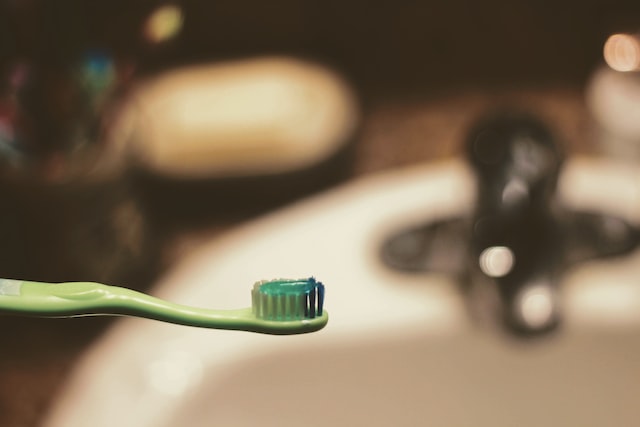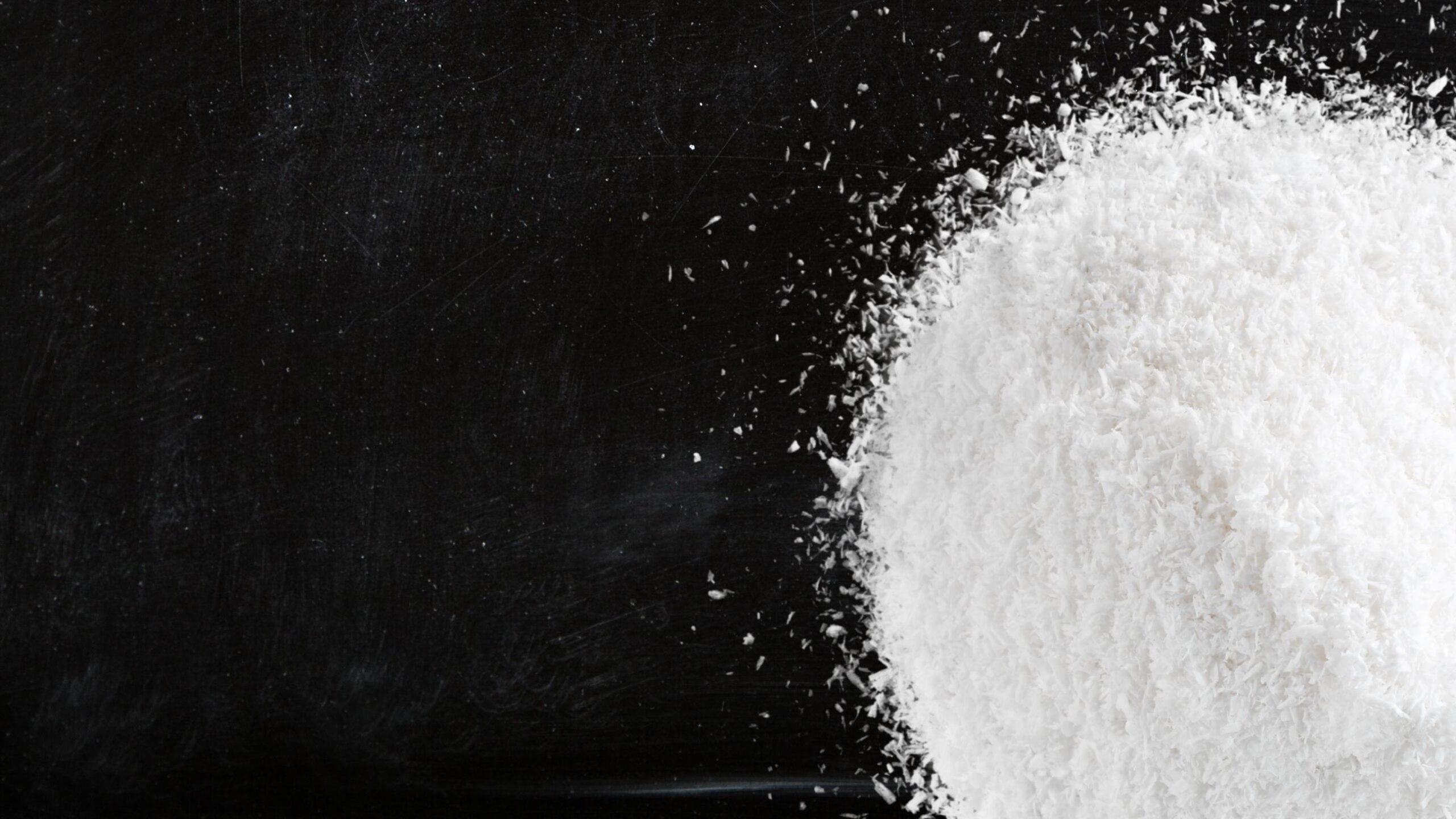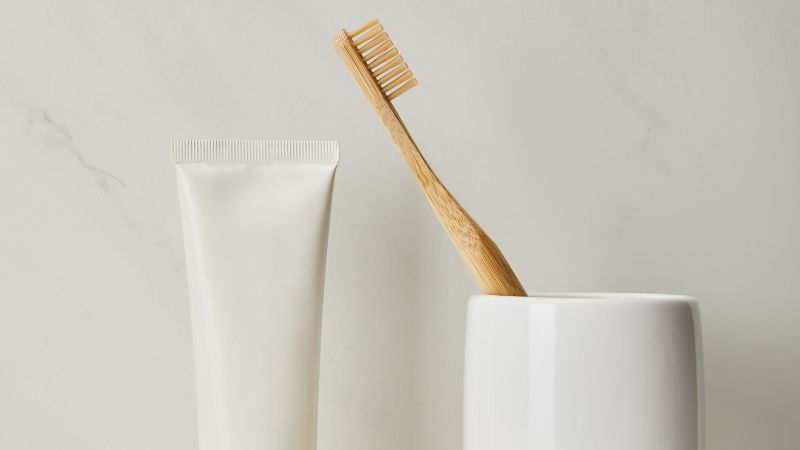What’s new?
On 13 May 2025, the European Commission published Regulation (EU) 2025/877, amending the Cosmetics Regulation to implement Omnibus Act VII. This is the seventh update to transpose substances recently classified as CMR (Carcinogenic, Mutagenic or toxic to Reproduction) by Regulation (EU) 2024/197 into cosmetics legislation.
The newly prohibited substances are now listed in Annex II – List of substances prohibited in cosmetic products. These include:
- diphenyl(2,4,6-trimethylbenzoyl)phosphine oxide (75980-60-8).
- 2,2′,6,6′-tetrabromo-4,4′-isopropylidenediphenol; tetrabromobisphenol-A (79-94-7)
- transfluthrin (ISO); 2,3,5,6-tetrafluorobenzyl (1R,3S)-3-(2,2-dichlorovinyl)-2,2- dimethylcyclopropanecarboxylate (118712-89-3)
- clothianidin (ISO); (E)-1-(2-chloro-1,3-thiazol-5- ylmethyl)-3-methyl-2-nitroguanidine (210880-92-5)
- benzyl(diethylamino)diphenylphosphonium 4- [1,1,1,3,3,3-hexafluoro-2-(4- hydroxyphenyl)propan-2-yl]phenolate (577705-90-9)
- benzyltriphenylphosphonium, salt with 4,4′- [2,2,2-trifluoro-1- (trifluoromethyl)ethylidene]bis[phenol] (1:1) (75768-65-9)
- reaction mass of 4,4′-[2,2,2-trifluoro-1- (trifluoromethyl)ethylidene]diphenol and benzyl(diethylamino)diphenylphosphonium 4- [1,1,1,3,3,3-hexafluoro-2-(4- hydroxyphenyl)propan-2-yl]phenolate (1:1)
- reaction mass of 4,4′-[2,2,2-trifluoro-1- (trifluoromethyl)ethylidene]diphenol and benzyltriphenylphosphonium, salt with 4,4′- [2,2,2-trifluoro-1- (trifluoromethyl)ethylidene]bis[phenol] (1:1)
- dimethyl propylphosphonate (18755-43-6)
- dibutyltin maleate (78-04-6)
- dibutyltin oxide (818-08-6)
- reaction mass of 1-(2,3-epoxypropoxy)-2,2-bis ((2,3-epoxypropoxy)methyl) butane and 1-(2,3- epoxypropoxy)-2-((2,3-epoxypropoxy)methyl)-2- hydroxymethyl butane
- 4,4′-[2,2,2-trifluoro-1- (trifluoromethyl)ethylidene]diphenol; bisphenol AF (1478-61-1)
- benfluralin (ISO); N-butyl-N-ethyl-α,α,αtrifluoro-2,6-dinitro-p-toluidin (1861-40-1)
- N,N-dimethyl-p-toluidine (99-97-8)
- 1,4-Benzenediamine, N,N’-mixed Ph and tolyl derivs (68953-84-4)
- 4-nitrosomorpholine (59-89-2)
- difenoconazole (ISO); 1-({2-[2-chloro-4-(4- chlorophenoxy)phenyl]-4-methyl-1,3-dioxolan-2- yl}methyl)-1H-1,2,4-triazole; 3-chloro-4- [(2RS,4RS;2RS,4SR)-4-methyl-2-(1H-1,2,4- triazol-1-ylmethyl)-1,3-dioxolan-2-yl]phenyl 4- chlorophenyl ether (119446-68-3)
- 4-methylimidazole (822-36-6)
- 3,3′-dimethylbiphenyl-4,4′-diyl diisocyanate (91-97-4)
- foramsulfuron (ISO); 2-{[(4,6- dimethoxypyrimidin-2-yl)carbamoyl]sulfamoyl}- 4-formamido-N,N-dimethylbenzamide; 1-(4,6- dimethoxypyrimidin-2-yl)-3-(2- dimethylcarbamoyl-5- formamidophenylsulfonyl)urea (173159-57-4)
- cymoxanil (ISO); 2-cyano-N-[(ethylamino)carbonyl]-2-(methoxyimino)acetamide (57966-95-7)
- (2E)-2-cyano-N-[(ethylamino)carbonyl]-2- (methoxyimino)acetamide (166900-80-7)
What now?
The regulation was adopted on 12 May 2025 and will apply from 1 September 2025, with no distinction between placing on the market and making available.
Non-compliant products must be withdrawn from the EU market before 1 September 2025.
Special attention must be given to the substance diphenyl(2,4,6-trimethylbenzoyl)phosphine oxide (CAS 75980-60-8, INCI name Trimethylbenzoyl Diphenylphosphine Oxide), which was previously allowed in Annex III for use in artificial nail systems. From September 2025, this substance must be removed from the formulation of artificial nail products, and the products remaining on the market containing the substance must be removed, as now it is listed in Annex II.






